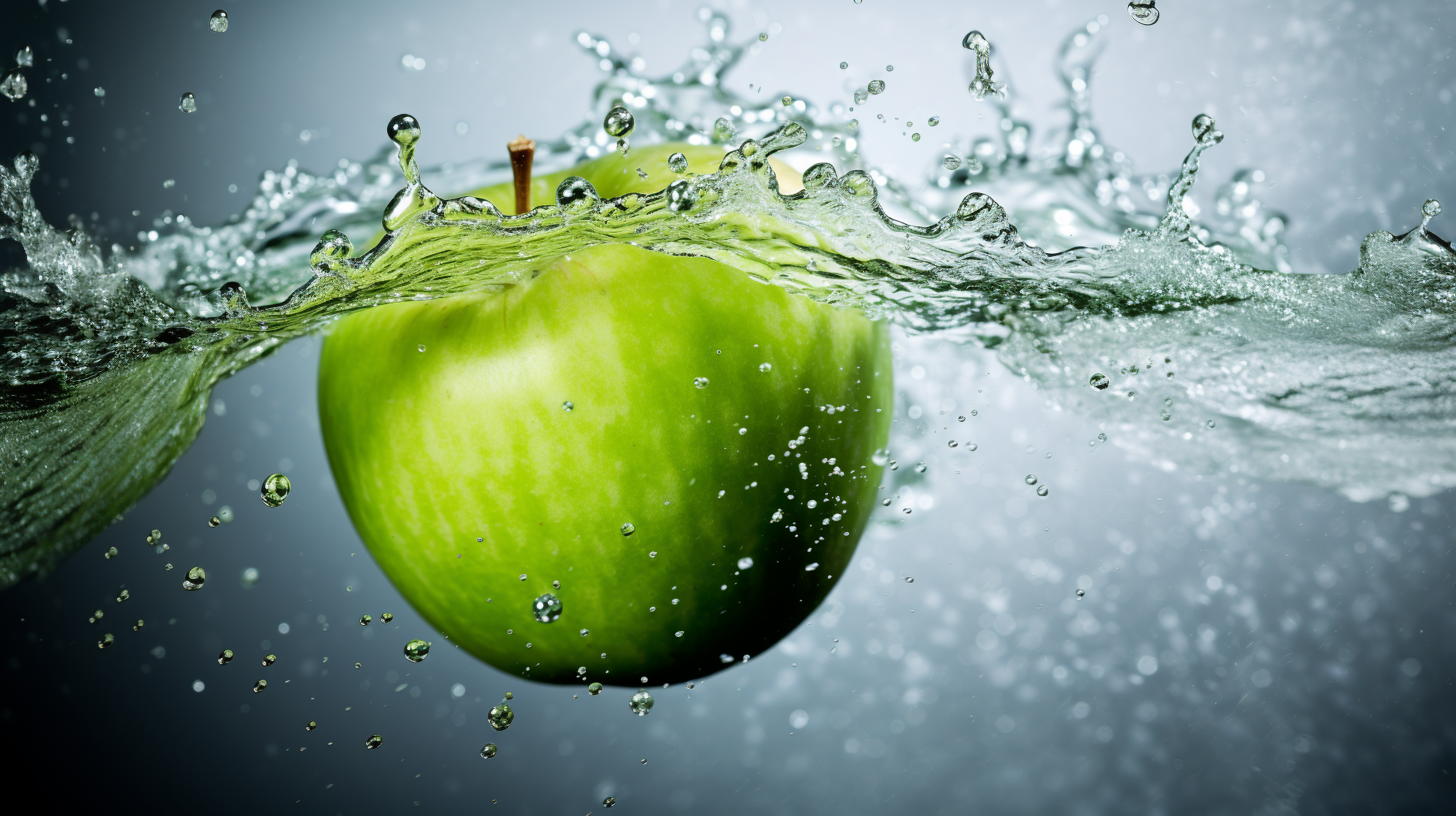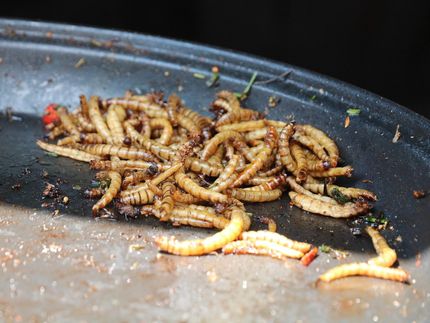Global standards in food safety: BfR Summer Academy
Over 700 participants from 72 countries learn and network
New foods land on supermarket shelves every day. Some of the products have come a long way. The variety of foods is constantly growing due to imports and exports, which also increases the requirements for scientific assessments and the communication of health risks. But how is the legal and institutional background of food safety regulated in Germany and Europe? What characterizes a successful risk assessment? And how are toxicological assessments carried out? In the 12th year of the BfR Summer Academy, over 700 participants from 72 countries will receive answers to these and other questions. The international exchange of experts aims to strengthen networking and cooperation in the field of food safety. "Consumer health protection is a global challenge that affects us all. In order to be able to work together worldwide, it is important that processes are regulated by uniform standards," says Professor Andreas Hensel, President of the BfR. "The participants of the Summer Academy not only work together on the most important steps of risk assessment, but also learn from each other and can network across borders."
The aim of the online training course is to familiarize participants with the concept of food safety in Germany and Europe. From June 24 to June 28, experts from the BfR will give talks on exposure assessment and the evaluation of microbiological and chemical risks. Under the motto "From experts for experts", participants will gain a sound understanding of hazard and exposure assessment as part of the risk assessment process.
The event is aimed at interested parties from public institutions who are already involved in food risk assessment.
With its Summer Academy, the BfR contributes to the international harmonization of food safety standards. The high European standards, regulations and knowledge regarding the quality, safety and hygiene of food can serve as a pioneering example.
Note: This article has been translated using a computer system without human intervention. LUMITOS offers these automatic translations to present a wider range of current news. Since this article has been translated with automatic translation, it is possible that it contains errors in vocabulary, syntax or grammar. The original article in German can be found here.
Most read news
Other news from the department business & finance

Get the food & beverage industry in your inbox
By submitting this form you agree that LUMITOS AG will send you the newsletter(s) selected above by email. Your data will not be passed on to third parties. Your data will be stored and processed in accordance with our data protection regulations. LUMITOS may contact you by email for the purpose of advertising or market and opinion surveys. You can revoke your consent at any time without giving reasons to LUMITOS AG, Ernst-Augustin-Str. 2, 12489 Berlin, Germany or by e-mail at revoke@lumitos.com with effect for the future. In addition, each email contains a link to unsubscribe from the corresponding newsletter.
Most read news
More news from our other portals
See the theme worlds for related content
Topic world Food safety
Food safety is at the heart of the food and beverage industry. It ensures that the food we eat every day is not only nutritious, but also free of harmful contaminants. From field to plate, the industry monitors and regulates every step of the process with strict quality controls, advanced testing methods and continuous research.

Topic world Food safety
Food safety is at the heart of the food and beverage industry. It ensures that the food we eat every day is not only nutritious, but also free of harmful contaminants. From field to plate, the industry monitors and regulates every step of the process with strict quality controls, advanced testing methods and continuous research.
Topic world Hygiene
Hygiene is the foundation of the food and beverage industry. Hygiene technology ensures that products are not only tasty, but most importantly, safe for consumption. From advanced cleaning processes to sterile filling techniques, the industry is constantly setting new standards to prevent contamination and the growth of microorganisms.

Topic world Hygiene
Hygiene is the foundation of the food and beverage industry. Hygiene technology ensures that products are not only tasty, but most importantly, safe for consumption. From advanced cleaning processes to sterile filling techniques, the industry is constantly setting new standards to prevent contamination and the growth of microorganisms.




























































